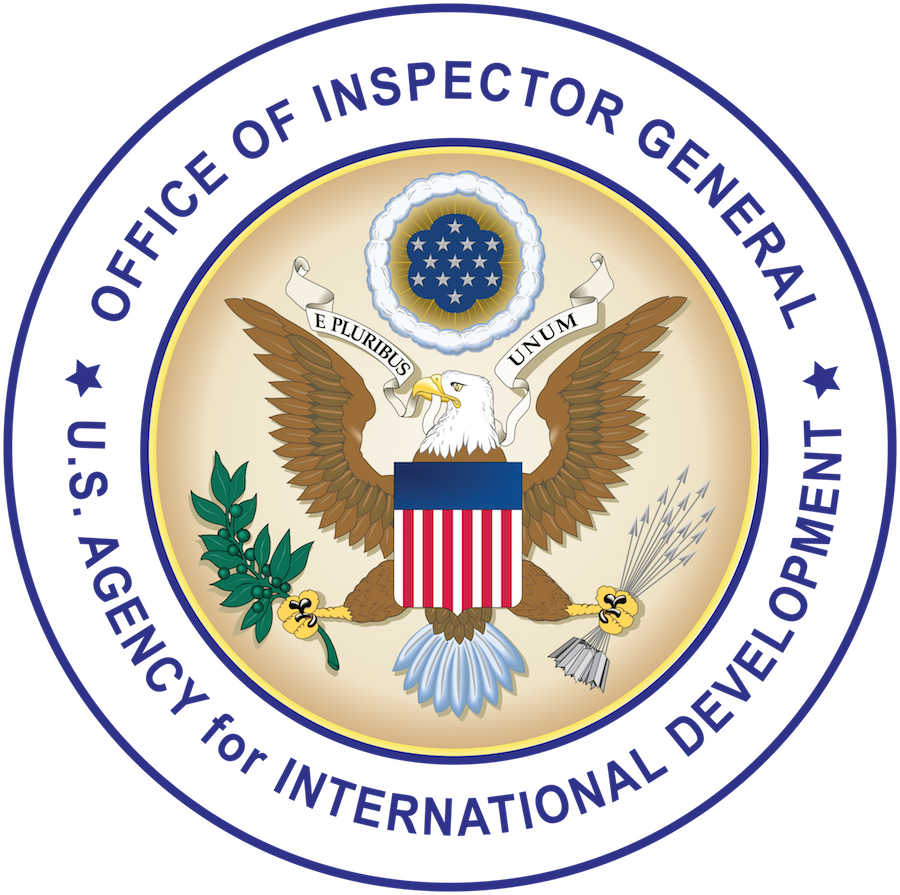Why We Did This Evaluation
The U.S. African Development Foundation (USADF) is an independent government agency established by Congress in 1980 to invest in African grassroots organizations and entrepreneurs. USADF provides direct grants of up to $250,000 to eligible enterprises to support entrepreneurship and address challenges such as food insecurity, insufficient energy access, and unemployment. Although USADF receives an annual appropriation from Congress, it also leverages funds from partnerships with the private sector, other government agencies, and African governments. USADF reported that by the end of fiscal year (FY) 2023, it expected to collect over $87 million in cumulative leveraged funds from partnerships to expand its grant portfolio.
We initiated this evaluation in response to a congressional request that USAID OIG examine, in part, USADF’s use of strategic partnerships. Our objectives were to determine the extent to which USADF established and implemented policies and procedures to (1) form, leverage, and manage strategic partnerships, (2) maintain accurate information on its strategic partnerships and receive pledged funding, and (3) administer grants through partnership and agency matching funds.
What We Found
USADF lacked policies and procedures for managing its strategic partnerships, leading to gaps in due diligence and assessment. While strategic partnerships became increasingly important to USADF to supplement its appropriated budget, it lacked formal policies and procedures to guide their execution. USADF drafted a strategic partnership policy in May 2022 but never finalized it. The draft addressed key areas of partnership management, but lacked guidance on others, including financing, matching requirements, and funds management.
USADF failed to fully account for information on its strategic partnerships and received only 25 percent of the maximum funding pledged. We verified that USADF had 32 active strategic partnerships between FYs 2022 and 2024. Yet, USADF’s documentation for these partnerships was incomplete, and there may have been more. These 32 partners pledged up to $69 million between FYs 2022 and 2024. However, of these pledges, USADF only received $17 million (25 percent). Additionally, USADF public reporting did not use clear and consistent terms regarding funding it received from strategic partners, which could mislead readers.
USADF lacked clear guidance and procedures for grants management and administration, leading to delayed grant activities and inconsistent implementation. USADF did not meet grant disbursement and grantee reporting timelines. USADF guidance varied on a grant’s effective date, which determined disbursement timelines. Other conflicts between USADF guidance and grant agreements contributed to delayed grantee reporting. Further, USADF lacked policies, procedures, and training for the use of its grants management database. As a result, USADF inconsistently administered several aspects of its grants and did not maintain complete documentation of required activities.
What We Recommend
We made nine recommendations to USADF to strengthen its strategic partnership and grants management and administration processes. USADF agreed with each recommendation and identified planned corrective actions and target dates, but stated implementation was contingent on the Agency remaining operational.
